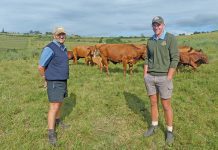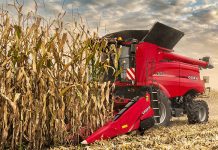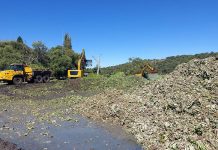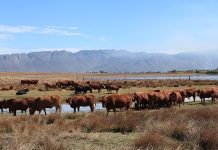The Sa Seed Industry’s ANNUAL turnover rose by 4% to more than R2 billion over the past financial year. Winter and summer grain crops accounted for 75%, vegetables for 16%, pasture seed and forage species for 7%, and flowers for 2% of this turnover, according to Walter Loubser, general manager of the SA National Seed Organisation (Sansor). Genetically modified cotton seed accounted for around 85% of local cotton seed sales, while the estimates for genetically modified soya and maize seed were 85% and 36% respectively. Paul Marais, chairperson of the Sansor board of directors, said that uneven rainfall patterns and the increased awareness of the threat of global warming have resulted in a greater demand for drought-resistant crops. Monsanto SA earlier this year received general release permit clearance for the release of genetically modified maize that contains two traits in the same hybrid (stacked hybrid). These traits are insect resistance and herbicide tolerance. Marais believes that this move proves that SA is keeping up with the rest of the world in the genetically modified organisms (GMO) race.
There are currently around 1,4 million hectares under crops derived from GMOs, which include maize, soya and cotton. SA also has the second-largest area under biotech white and yellow maize after India, which has increased its biotech white and yellow maize area by 180% over the past few years. The demand for hybrid seed obtained through conventional breeding was, however, still the main driving force on most markets, both locally and abroad, while the market for open-pollinated varieties was limited to mainly sub-Saharan Africa, Loubser said.
Fluctuating milk and meat prices made it difficult for commodity producers to plan effectively and were probably the most important factors affecting the business environment of seed companies selling forage and pasture seed during the period under review, according to Loubser. Marais, who is also chairperson of Sansor’s forage division, foresees that permanent pasture will play a huge role over the rest of the year due to exorbitant grain prices, which are forcing farmers to find alternative feed for their animals. The changing eating habits of South Africans and the movement away from starch to protein will also favour the development and expansion of the area planted under permanent pastures. In the case of agronomic seed, the extent of farm-saved seed in open-pollinated crops, like dry beans, groundnuts, soya and wheat, escalated to such levels that profitable research, and the development and supply of new cultivated varieties of these crops have become seriously jeopardised.
However, phytosanitary barriers, together with a seeming incompetence or unwillingness by authorities to provide the necessary trade support, continued to be the biggest constraint among members of Sansor’s horticulture division, according to Loubser. – Glenneis Erasmus








